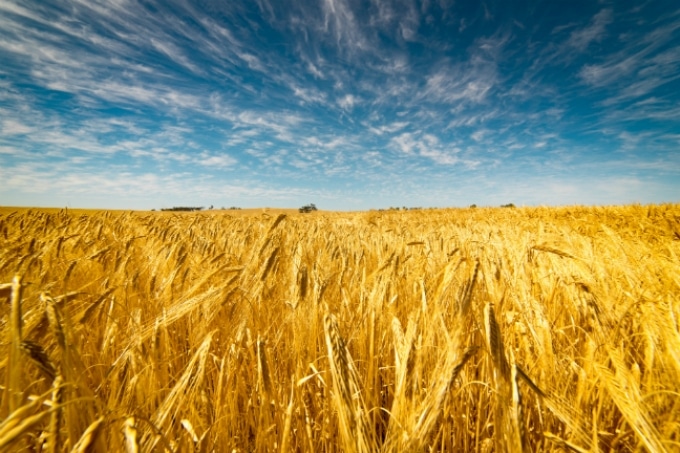Jun 3 2019
The top 10 crops in the world, namely, barley, cassava, maize, oil palm, rapeseed, rice, sorghum, soybean, sugarcane, and wheat, provide a combined 83% of all calories yielded on cropland.
 (Image credit: University of Minnesota)
(Image credit: University of Minnesota)
Harvests have long been estimated to decline in future climate conditions. Currently, a new study demonstrates that climate change has already influenced the production of these important energy sources and some regions and countries are comparatively advancing much worse.
The research, reported in PLOS ONE, led by the University of Minnesota, and carried out with investigators from the University of Oxford and the University of Copenhagen, used weather and reported crop data to assess the prospective effect of observed climate change. The scientists discovered that:
- Observed climate change leads to a considerable yield variation in the world’s top 10 crops, ranging from a reduction of 13.4% for oil palm to an increase of 3.5% for soybean, and leading to an average decrease of roughly 1% (−3.5 X 1013 kcal/year) of consumable food calories from these top 10 crops.
- Effects of climate change on global food production are mostly negative in Europe, Southern Africa, and Australia, positive in general in Latin America, and mixed in Asia and Northern and Central America.
- Half of all food-insecure nations are facing a drop in crop production and so are some affluent industrialized countries in Western Europe.
- On the contrary, recent climate change has improved the yields of some crops in certain regions of the upper Midwest United States.
There are winners and losers, and some countries that are already food insecure fare worse.
Deepak Ray, Study Lead Author, Institute on the Environment, University of Minnesota
Also, Ray’s high-resolution global crop statistics databases have been used to help to determine how global crop production varies over time. These findings denote which geographical places and crops are at the highest risk, making them relevant to those working to realize the objectives of the U.N. Sustainable Development of ending hunger and restricting the impacts of climate change. Insights like these result in new questions and critical next steps.
This is a very complex system, so a careful statistical and data science modeling component is crucial to understand the dependencies and cascading effects of small or large changes.
Snigdhansu Chatterjee, Study Co-Author, School of Statistics, University of Minnesota
The Institute’s Global Landscapes Initiative—whose contributors to this research included Ray, Paul West, and James Gerber—has earlier provided global scale findings that have been implemented by international organizations such as the U.N., World Bank, and Brookings in the assessment of global food security and environmental challenges. The scholars state that this report has implications for major food companies, commodity traders, and the countries in which they operate, as well as for citizens across the world.
“The research documents how change is already happening, not just in some future time,” states Ray.